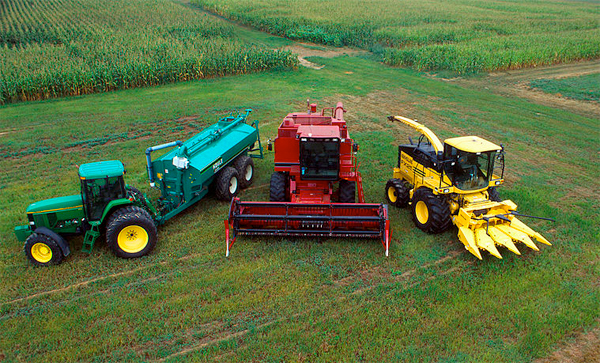
The average value of farmland has increased by 12% so far in 2014, a 10-year increase second only to gold, according to new figures.
The average value of commercial farmland without any land or buildings now stands at an average of £7,689/acre, meaning year on year farmland prices are up 15%.
Limited supply?
The amount of publicly advertised land is down 15% compared with 2013, and the on-going demand from both farmers and investors continues to push up prices.
Despite recent falls in the price of agricultural commodities such as wheat and milk, farmers are still focused on the long-term and are keen to acquire neighbouring or nearby land when it becomes available.
With house builders increasing their output and acquiring more development sites, the number of farmers with roll-over funds to spend on land is growing. As farmland is acquired for the controversial HS2 scheme this could also bring new buyers into the market.
Investors’ hunger for land remains undimmed, as highlighted by the recent purchase of the Co-op farms portfolio for almost £250m by the Wellcome Trust.
Part of the problem for investors, particularly funds, is the lack of suitable investment-grade land available, combined with strong competition from neighbouring landowners prepared to pay a “legacy” premium for land that they may only have one opportunity to buy and once purchased may stay in their families for generations to come.
Because of this, many investment-led deals are happening off market. Our Agricultural Investments team, which is acting for a number of wealthy individuals and funds, estimates private deals are outnumbering public ones by as much as two to one. We are also helping a growing number of clients looking to purchase outside the UK.
Although large tracts of arable land with relatively little value tied up in high-value period farmhouses are selling quickly, the market for estates with large residential properties is less fluid, according to Clive Hopkins, Head of our Farms & Estates team.
In some instances, this has led to large chunks of an estate’s farmland being sold off separately for a premium price. “I think this trend really highlights the strength of the farmland market,” says Clive. “Traditionally it has been the house leading the sale, now often it is the land.”
Is the country house momentum slowing?
Concerns over the introduction of a mansion tax, an impending interest rate rise and tighter mortgage lending meant that quarterly price growth in the country house market slowed to its lowest level in almost two years between June and September.
Prime property values increased by just 0.3% in the third quarter of 2014 while annual growth also slowed, to 4.7%.
Despite these concerns, there hasn’t been a noticeable impact on sales volumes and the total number of exchanges completed so far this year was 8.4% higher than the corresponding period last year. The rising number of exchanges suggests that underlying demand has remained strong.
However, there are signs that momentum is easing. While the number of property viewings was fairly steady during the three months to the end of September compared to the same period last year, the number of prospective buyers registering their interest in buying a prime country home fell by 9%.
Anecdotal evidence would suggest that concerns surrounding the possible introduction of a “mansion tax” on properties worth more than £2 million after next May’s general election are becoming more widespread among both prospective buyers and vendors.
Any further property tax would come on top of the large contribution purchasers of high value property already make in the form of stamp duty. Data for the 2013/14 tax year shows that across England & Wales over £1bn of the total £6.4bn tax take of stamp duty revenue was collected from the £2 million-plus price bracket alone.
Price growth over the last quarter was strongest in the South West, at 1%, followed by Yorkshire and the Humber. On an annual basis, prime homes in these areas have risen by 7.7% and 5.1% respectively.
Prime town and city markets across the UK have benefited from rising demand from those relocating from London and downsizers and price changes in urban locations have reflected this. Growth of 1.3% was seen in the three months to the end of September, while annual growth totalled 8.9%.
Rupert Sweeting, Head of Knight Frank Country, said: "As the statistics show there has been an increase in activity year on year which is indicative of the continuing low interest rates, prospering economy and general feel good factor. Early September saw a brief lull reflective of the Referendum outcome and discussions on Mansion tax but activity has returned signalling increased confidence and the fact buyers realise the Mansion tax proposals have not been thought through. Going forward with many house prices being readjusted, we will see a busy run up to Christmas"
